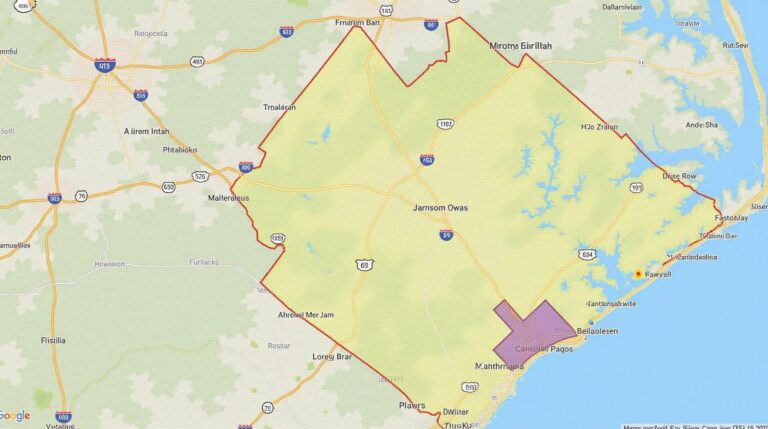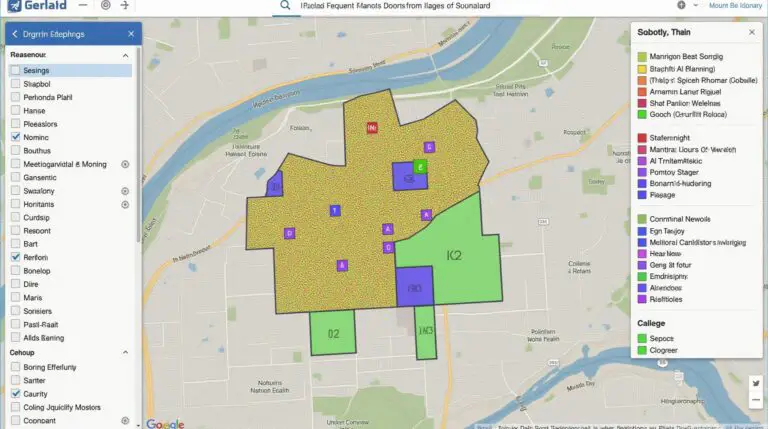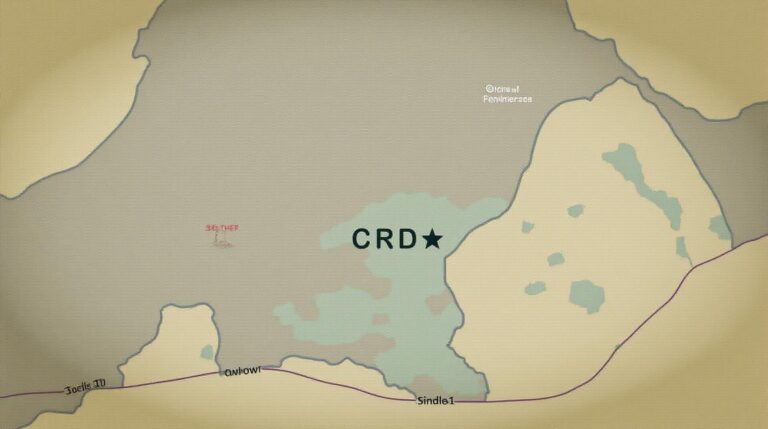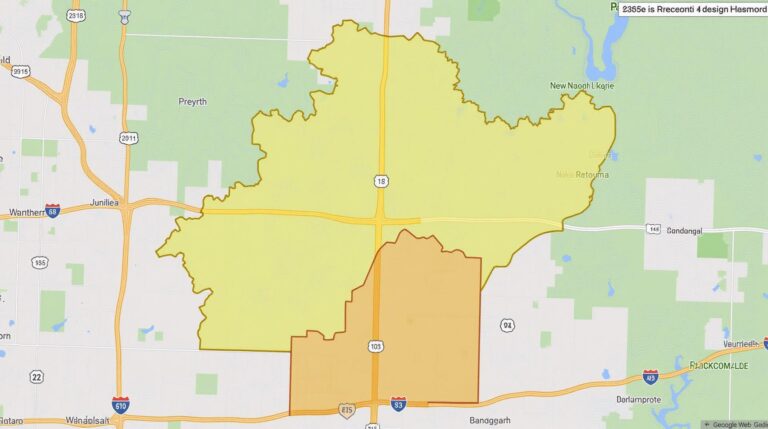AI in Geospatial Data Sampling – Efficient Analysis
AI in Geospatial Data Sampling: Efficient Analysis
The era of Big Data has revolutionized various sectors, and geospatial data, with its rich insights into location-based information, is no exception. But analyzing vast amounts of geospatial data can be a daunting task. That’s where Artificial Intelligence (AI) comes in, offering valuable tools for efficient data sampling and analysis.
What is Geospatial Data Sampling?
Geospatial data sampling involves selecting representative subsets of data points from a larger dataset. This targeted approach addresses the challenges associated with analyzing geographically distributed data. It allows us to perform comprehensive investigations while minimizing the computational and memory requirements, enabling efficient insights.
How Does AI Improve Geospatial Data Sampling?
AI leverages highly complex algorithms and intelligent data techniques to facilitate efficient sampling and data exploration. Here’s a breakdown of key AI features:
- Segmentation and Clustering: AI algorithms can automatically segment areas in the geospatial scene, identifying patterns and grouping similar data points. This minimizes the need for manual classification and delineating complex boundaries.
- Spatial Predictive Modelling: AI models can predict the likelihood of specific data distribution and attribute occurrences. By focusing on high-probability areas, researchers can streamline their sampling efforts.
- Feature Extraction and Selection: Prioritizing the most relevant variables for analysis becomes easier through AI-powered feature extraction. This reduces data complexity and improves the effectiveness of targeted analyses.
- Automatic Sampling: AI can suggest optimum sampling strategies based on the specific data characteristics and analysis objectives. These algorithms consider factors like data density, spatial correlations, and uncertainties.
Benefits of Using AI for Geospatial Data Sampling:
The adoption of AI in geospatial analysis brings significant advantages:
- Reduced Data Volume and Processing Complexity: AI efficiently analyzes lower-density data subsets, optimizing resource usage and minimizing processing times.
- Highly Accurate Predictions and Insights: AI algorithms tackle complex spatial relationships and predict trends with higher accuracy, leading to more reliable insights.
- Cost-Effectiveness and Time Optimization: AI’s efficient sampling capabilities streamline data analysis processes, reducing labor and costs.
- Enhanced Exploration and Discovery: AI’s ability to uncover complex patterns and relationships allows for a more in-depth understanding of geospatial phenomena.
Practical Applications of AI in Geospatial Data Sampling:
AI’s applications in geospatial data analysis extend to various fields:
- Urban Planning and Development: Optimizing the allocation of urban resources, assessing traffic patterns, and planning infrastructure investments.
- Environmental Monitoring and Resource Management: Identifying deforestation patterns, predicting flood risks, and optimizing water management strategies.
- Disaster Response and Recovery: Rapidly assessing damage, predicting potential vulnerabilities, and aiding in resource allocation.
- Climate Change Research and Predictive Modelling: Understanding climate impacts, predicting changes in environmental conditions, and informing policy decisions.
Resources for Learning More
To embark on your journey into the fascinating world of GeoAI, consider exploring these resources:
- GeoAI: Principles, Concepts, and Techniques for Data Analysis(an in-depth textbook from the leading UK publication)
- Towards Data Science – AI for spatial data analysis (a comprehensive resource for analytical and practical applications)
Conclusion
The integration of AI in geospatial data sampling presents a transformative paradigm shift in how we analyze and understand our world. This powerful technology unlocks new insights, free from manual limitations, enabling faster and more accurate results for a range of帰及 accordingly. Whether it’s urban planning, disaster response, or environmental monitoring, GeoAI holds immense potential to revolutionize the way we interact with our Earth’s intricate and complex landscape.
Check similar topics:
“`html
FAQs about GeoAI Data Sampling
Welcome to the world of GeoAI! This section provides answers to frequently asked questions about data sampling for geoai, our platform for efficient and effective geoAI data analysis.
What is GeoAI Data Sampling?
GeoAI data sampling significantly simplifies the process of working with large datasets through intelligent subset selection. Exhaustive exploration of datasets in Geographic Information Systems (GIS) is often a barrier to rapid progress, and by reducing the dimensionality and diversity of data while retaining essential features, it allows much faster and more efficient resource consumption for data-heavy analysis.
What are the Formats Supported?
- GeoJSON: targets professional-grade geospatial data processing.
- Shapefiles: a standard format with widespread usage in GIS analyses for shape-based data.
- Other Formats: Supported for research or specialized needs. Consult us for further details.
How Can I Use GeoAI Data Sampling?
You can leverage our platform here for a detailed visualization and data-driven analysis. Upload different data sets, highlight specific features, interaction with data, and explore your results.
How Does the Cost and Pay-As-You-Go Model Work?
We offer transparent pricing for data sampling and its implementation. You can choose a subscription or initialize a project and manage your cost directly through our platform. For further details, visit our [pricing page](https://www.techgeo.org/pricing).
Benefits of GeoAI Data Sampling
GeoAI data sampling offers numerous advantages, including:
| Feature | Benefit |
|---|---|
| Reduced processing time | Faster analytical performance, enabling quicker insights. |
| Easier for newer users | Simplified workflow, even for novice analysts. |
| Reduced resource consumption | Lower computing costs and efficient utilization of processing resources. |
Conclusion
GeoAI data sampling is a powerful tool for accelerating your geoAI workflows. It reduces data complexities, empowers analysts by eliminating manually curated datasets, and facilitates collaborative exploration. By leveraging our platform’s capabilities, you can gain valuable insights from massive datasets and unlock the full potential of your geoAI projects.
“`
**Note:**
* You will need to replace the placeholder URLs with the correct links to your website sections.
* Please review the dynamic behavior of the created HTML section perferctly.
This FAQ structure provides a starting point and can be further customized to match your specific needs and content.
Let me know if you’d like assistance with adding complex data points, images, or different types of styling







